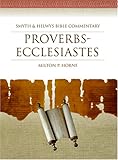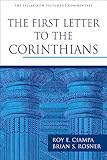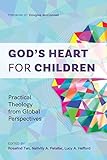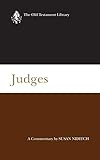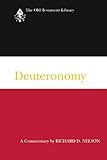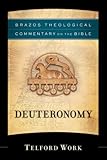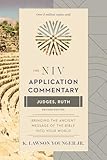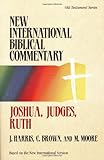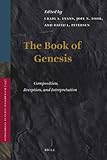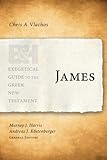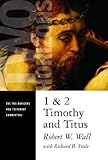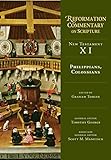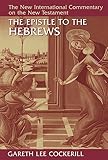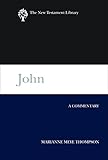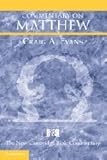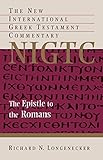MARC details
| 000 -LEADER |
|---|
| fixed length control field |
02915nam a22001937a 4500 |
| 005 - DATE AND TIME OF LATEST TRANSACTION |
|---|
| control field |
20220923152139.0 |
| 007 - PHYSICAL DESCRIPTION FIXED FIELD--GENERAL INFORMATION |
|---|
| fixed length control field |
ta |
| 008 - FIXED-LENGTH DATA ELEMENTS--GENERAL INFORMATION |
|---|
| fixed length control field |
160613s2009 sa ||||fom| | 00| e eng d |
| 040 ## - CATALOGING SOURCE |
|---|
| Transcribing agency |
SATS |
| 100 ## - MAIN ENTRY--PERSONAL NAME |
|---|
| 9 (RLIN) |
53 |
| Personal name |
Erdey, Zoltan Levente |
| 245 ## - TITLE STATEMENT |
|---|
| Title |
ὁ κλαυθμὸς καὶ ὁ βρυγμὸς τῶν ὀδόντων: Its Function and Contribution to the Theme of Apocalyptic Judgement in Matthew's Gospel |
| 260 ## - PUBLICATION, DISTRIBUTION, ETC. |
|---|
| Place of publication, distribution, etc. |
Johannesburg, South Africa |
| Name of publisher, distributor, etc. |
South African Theological Seminary |
| Date of publication, distribution, etc. |
2009 |
| 300 ## - PHYSICAL DESCRIPTION |
|---|
| Extent |
273p |
| Other physical details |
PDF |
| Dimensions |
A4 |
| Accompanying material |
Abstract, TOC, Bibliography |
| 502 ## - DISSERTATION NOTE |
|---|
| Degree type |
Doctor of Philosophy in Theology (PhD) |
| Name of granting institution |
South African Theological Seminary |
| Year degree granted |
2010 |
| Supervisors |
|
| 520 ## - SUMMARY, ETC. |
|---|
| Summary, etc. |
On six occurrences (8:12; 13:42; 13:50; 22:13; 24:451 and 25:30), Matthew recorded Jesus pronouncing judgment utilising the idiom weeping and gnashing of teeth. Although the majority of commentators acknowledge the uniqueness of this phrase, virtually none deal with its function within Matthew’s gospel or theology. This gap in the literary landscape of Matthean literature marked the bifold rationale of this literary study, namely, to investigate the nature and function of this Matthean maxim, and consequently, seek to deduce its contribution to the theme of apocalyptic judgment in Matthew’s Gospel. Having established the literary milieu of Matthew’s gospel (part 1), a diachronic analysis of the words weeping (κλαυθμWς) and gnashing (βρυγμWς) (part 2) revealed that although the individual terms were conventional, the phrase en bloc is a unique New Testament idiom disclosing a particular theological message. An exegesis of the six passages containing the phrase (part 3) revealed that each occurrence played a central role in Matthew’s gospel, communicating an essential messages pertaining to the theme of apocalyptic eschatological judgment. The phrase likewise appears in structurally relevant sections, seemingly increasing in literary potency with each emergence. Moreover, the idiom is almost always uttered in the context of false disciples, who stand in total contrast to the righteous. In light of this, the expression weeping and gnashing of teeth has four possible functions (part 4), namely, (a) a method or system by which the Evangelist hopes to make the message of the particular parable unforgettable, (b) a prophetic anticipation of an aspect of the larger shape of history, (c) a linguistic device, which increases the degree of emphasis or heightens the force given to the message of eschatological judgment, and (d) a literary connector that holds together a number of specific passages of Scripture. In Matthew’s case, the phrase glues together the passages that communicate a holistic theology of eschatological judgment. |
| 630 ## - SUBJECT ADDED ENTRY--UNIFORM TITLE |
|---|
| Uniform title |
Matthew, Gospel of |
| 650 #0 - SUBJECT ADDED ENTRY--TOPICAL TERM |
|---|
| 9 (RLIN) |
36 |
| Topical term or geographic name entry element |
Judgment Day |
| 942 ## - ADDED ENTRY ELEMENTS (KOHA) |
|---|
| Source of classification or shelving scheme |
SATS classification |
| Koha item type |
Thesis |

